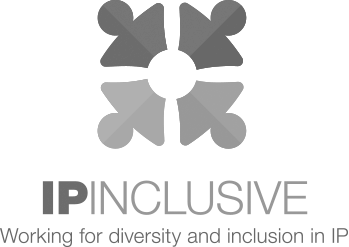All software patents are equal! – EPO Decision G1/19
12 March 2021
A recent judgement relating to software patents has put to rest earlier concerns about the law being of an Orwellian nature similar to…
‘All software patents are equal – but some software patents are more equal than others.’
The G1/19 decision by the European Patent Office issued on 10 March gives absolute clarity on a number of issues that were threatening to disrupt the status quo on an IP position that had previously worked well for inventors and the wider software industry alike.
The decision answered some key questions around the patentability of simulations and whether such inventions would require different considerations than other software-based inventions.
The ruling confirmed that the approach to software patents which had been developed over the past decade, and which is well understood, is correct and will continue. The ruling also confirms that simulations are treated no differently to other software inventions, and that indeed all forms of software-based inventions should be treated equally.
The decision has confirmed that what is key, is that the invention makes a technical contribution, whatever the field of technology may be. This is true regardless the nature of the system or the process being simulated. In the case of a computer simulation this contribution may be in the form of a software output and does not necessarily need to be tied to a physical output.
Furthermore, the decision stated that what is decisive is whether the use of the output from the software, explicitly stated or otherwise, would be seen as technical. Thus whilst broad claims in your software patent are desirable, there is no guarantee of it successfully being granted. For software-based inventions it is strongly advisable to include the end purpose for the output of an invention so as to successfully increase your chances of such an invention being seen as allowable.
For example just mentioning that a process optimises a parameter may not necessarily be seen as allowable, however stating that the invention is used for say optimising the temperature for the purpose of food processing will be very beneficial.
The decision will be welcomed by software inventors, offering them certainty and pointing in a clear direction for future intellectual property protection.
Details of the decision can be found via the following link:
and
https://www.epo.org/law-practice/case-law-appeals/communications/2021/20210310.html
Diego Black
Electronics, Computing & Physics group
This publication is a general summary of the law. It should not replace legal advice tailored to your specific circumstances.
© Withers & Rogers LLP March 2021




